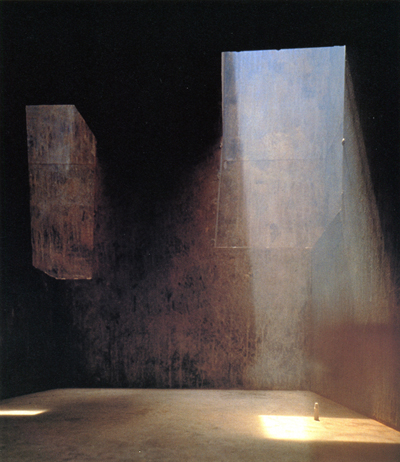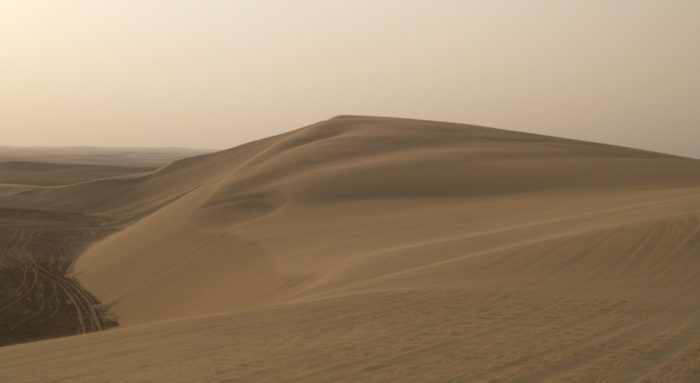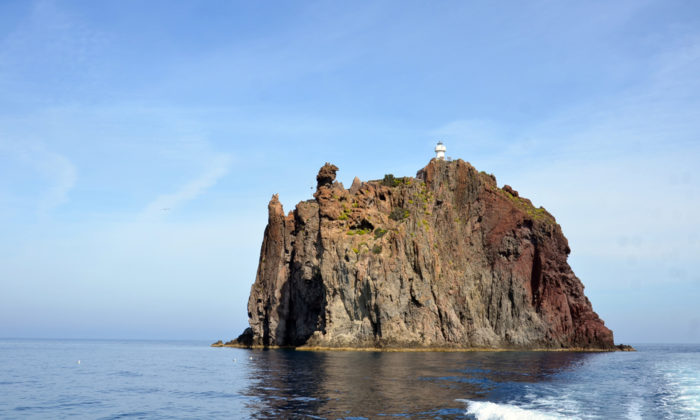The mountain as a place apart, a special place. Distant.
As a bleak, inhospitable place, where architecture highlights protection and insulation, one of the themes that underlie our activity.
And then, in all cultures, mountains—some mountains—have sacred conditions, direct contact with divinity: the magic mountain. (I am thinking of Montserrat, Tindaya, Huayna Picchu, and many other places where architecture accompanies by constructing ritual, sacramental places).
The mountain as another situation of limits, as a final moment between earth and air, somehow symmetrical to the island, the interaction of earth and water. The architectures that we find so intensely here also draw on the relation between tradition and present, between endemism and cosmopolitanism1.
The mountain as topographical irregularity, as inclination, where we, necessarily, have to introduce flatness, the horizontal surface. Tension between the ascending verticality of the earth and the need to build the horizontal—our habitat2.
Josep Lluís Mateo




